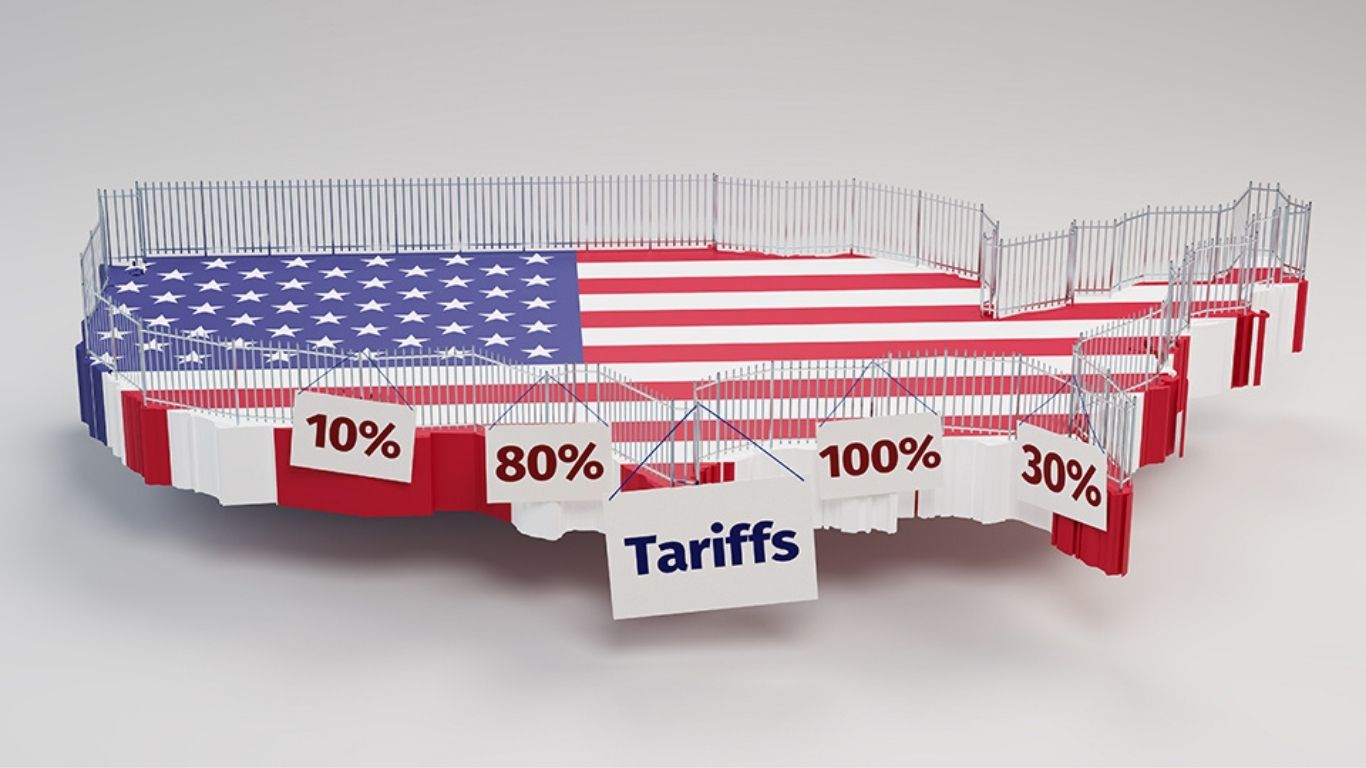A Tariff War with a Side of Theatrics
Donald Trump, in his first major address of his second term, delivered what could only be described as a mix of an economic manifesto and a campaign rally. His big moment? A 100% tariff on India.
Yes, amid the usual “America First” rhetoric, he singled out India, China, and a host of other nations for what he called “very unfair” trade practices. Never mind that trade wars rarely end well—Trump wants his tariffs, and he wants them now.
The India Factor: A Familiar Target
Trump has had India in his crosshairs for years when it comes to tariffs. This time, he was laser-focused on auto tariffs, claiming that India charges more than 100% on American cars.
“India charges us auto tariffs higher than 100%,” he declared, pausing just long enough for the cameras to zoom in on his supporters’ nodding heads.
But here’s the thing—while India’s tariffs on imported luxury cars are high, they aren’t exactly new, nor are they unique to the U.S. Every country, including the U.S., protects its auto industry in some way.
The difference? Most world leaders prefer quiet negotiations over economic warfare. Trump prefers the sledgehammer.
Tariffs, Because ‘Fairness’
Trump made his case clear: the U.S. has been on the losing end of trade for too long (in his mind), and it’s payback time.
“Other countries have used tariffs against us for decades,” he said. “And now it’s our turn.”
That’s the core of Trump’s economic worldview—trade as a battlefield, not a negotiation. Instead of ironing out trade imbalances through deals, his solution is simple: match every foreign tariff with one of our own, no matter the consequences.
He called it a “reciprocal tariff” strategy, meaning if a country charges the U.S. 25%, the U.S. will charge them 25%. If they charge 100%, the U.S. does the same. No nuance, no discussion—just tit-for-tat economics.
April 2: The Trade War Reboot Begins
Mark your calendars—April 2 is when this all kicks in.
“I wanted to make it April 1st,” Trump quipped, “but I didn’t want it to be accused of April Fools’ Day.”
Yes, because the joke is only funny if you don’t actually do it.
From April 2, the U.S. will start imposing these tariffs on countries Trump claims have been taking advantage of America for “far too long.”
The immediate targets? India, China, South Korea, Canada, Mexico, and the European Union.
Trump was especially keen on pointing out that China’s tariffs on U.S. products are “twice as high” as America’s on Chinese goods, while South Korea’s are “four times higher.”
And, in classic Trump fashion, he made it sound like this is a brand-new revelation—something past leaders were too weak or too blind to address.
China, Canada, Mexico—They’re All Feeling It Too
India wasn’t the only nation in Trump’s sights. Just a day before his speech, his administration went ahead with a 25% tariff on Canada and Mexico, calling them out as unfair trade partners.
China? Their tariffs on U.S. goods just doubled—from 10% to 20%.
Why? Officially, the White House cited China’s lack of action on fentanyl production as a factor. Unofficially? This is just part of Trump’s long-standing economic grudge match with Beijing.
The Applause, The Standing Ovations, The Reality Check
As expected, Trump’s base ate it up. The announcement was met with roaring applause and standing ovations from his loyalists in the House.
But here’s what they didn’t cheer for—the fact that these tariffs will almost certainly raise prices for American consumers.
Tariffs aren’t paid by foreign countries. They’re paid by importers—who then pass the cost down to regular people. A 100% tariff on Indian goods? That means products from India (including cars, textiles, and electronics) will cost significantly more in the U.S.
And if India responds—because countries always retaliate—American exporters will feel the burn. Soybean farmers, tech companies, and auto manufacturers—brace yourselves.
Whether these tariffs will achieve his goal of “fair trade” is another question. History suggests they won’t—trade wars usually hurt both sides. But Trump has never been one to back down, even when the numbers don’t add up.




